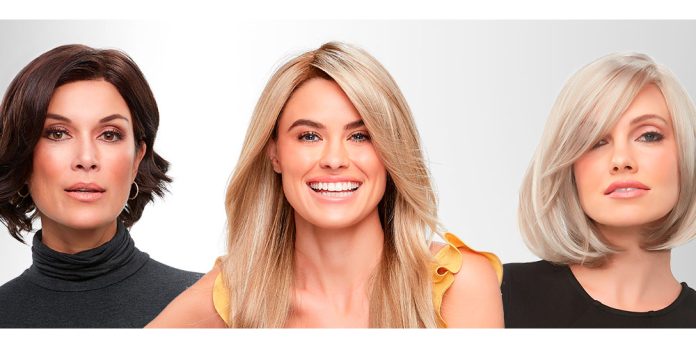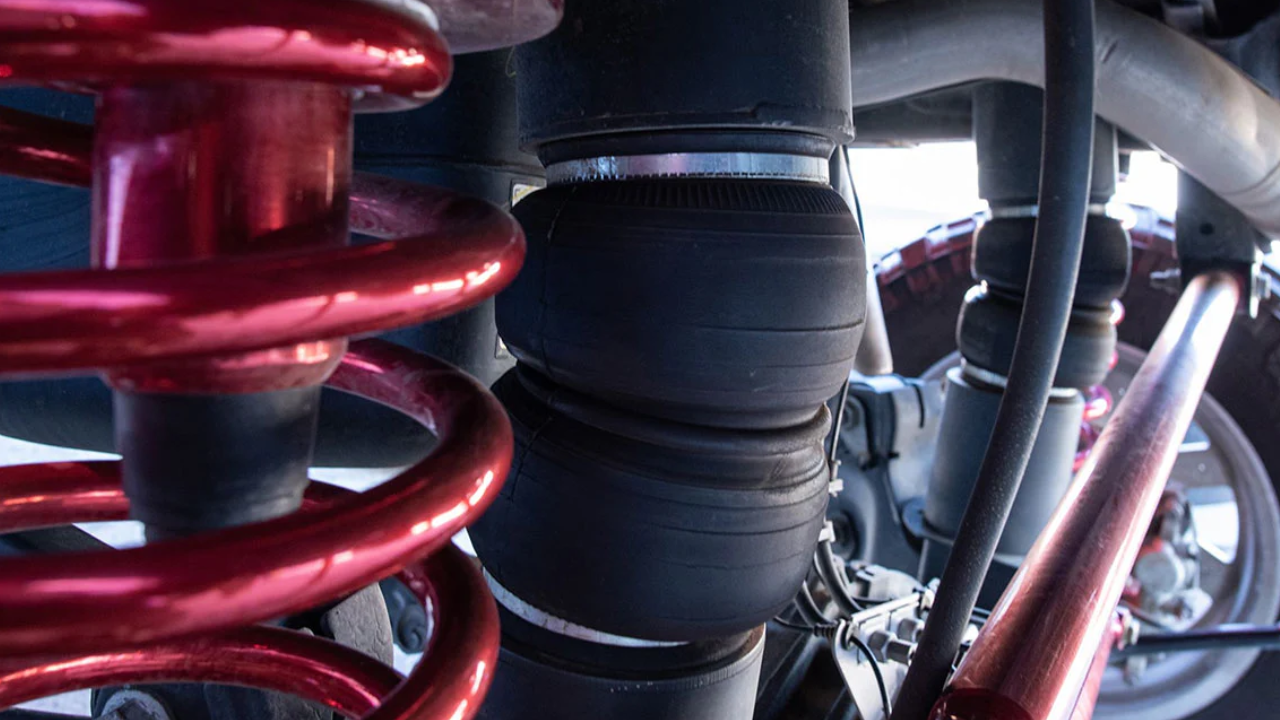Lace front wigs are a hit in the market as they mimic the natural hairline. They are available in human and synthetic hair forms to suit different users. Lace front wigs give you a natural appearance and the advantage of freestyle parting and multiple styling options. Sellers have straight, wavy or curly lace front wigs at varying prices, lengths, colors, and textures. Like other varying components, the lace in this wigs isn’t constant. Manufacturers use different lace materials for various reasons. This post outlines the types of laces used on lace front wigs.
Lace materials for lace front wigs
When buying, select your lace front wig carefully to get the lace material you want. The three key lace types are;
The Swiss lace
Almost all lace front wigs come in this lace, making it the most common in the market. The lace in all lace front wigs aims at creating a natural-looking hairline, and the Swiss lace isn’t any different. However, its fine appearance makes it more realistic than others, and wigs with this ace definitely cost more. It has several benefits, including unrestricted airflow to reduce heat inside the cap. A significant drawback is that it’s very delicate and can easily tear from excessive pulling or brushing. Aggressive handling breaks the hair strands, and with time, the volume reduces.
French lace
It’s the least common lace front wig lace but valuable and expensive. It is similar to Swiss lace but is very durable compared to others. It’s tough to notice French lace on someone since it blends perfectly with your natural hairline. The transition from your hair to the face is seamless, and the strands seem to grow from your scalp. One reason lace front wigs with this lace last long are how the strands are fixed onto it. They are tied neatly, forming a knot at the base, and, therefore, are challenging to come off when brushing. The lace rarely gets damaged, and it’s smooth on the skin, so there is no itchy feel.
Stretching lace
Wigs can be very uncomfortable if bought wrong. They can increase the temperatures inside your head or be so tight that you get headaches. Luckily, this stretchable lace is none of that. It is breathable, ensures good airflow, and is also stretchy to accommodate any head size. People have different head sizes, and if you are unsure of yours, a front lace wig with stretchy lace is the most suitable. The lace is neither tight nor loose, just the perfect fit for comfortable wear. The stretching lace is more affordable, and most manufacturers use it to produce bulk wigs.
Final words
Lace is necessary for lace front human wigs. It holds the hair strands in place and blends well with your skin and existing hairline to create an illusion of a natural, fuller hairline. The three laces have similarities and differences, some better than others. Note the pros and cons of each before buying, and keep in mind that their prices vary based on quality. French lace is the most expensive and durable, followed by Swiss and stretchable lace.













